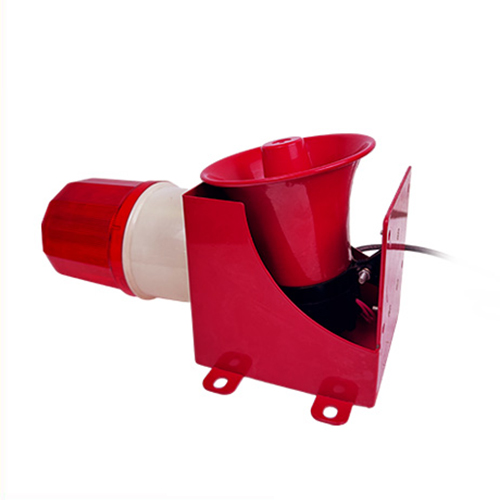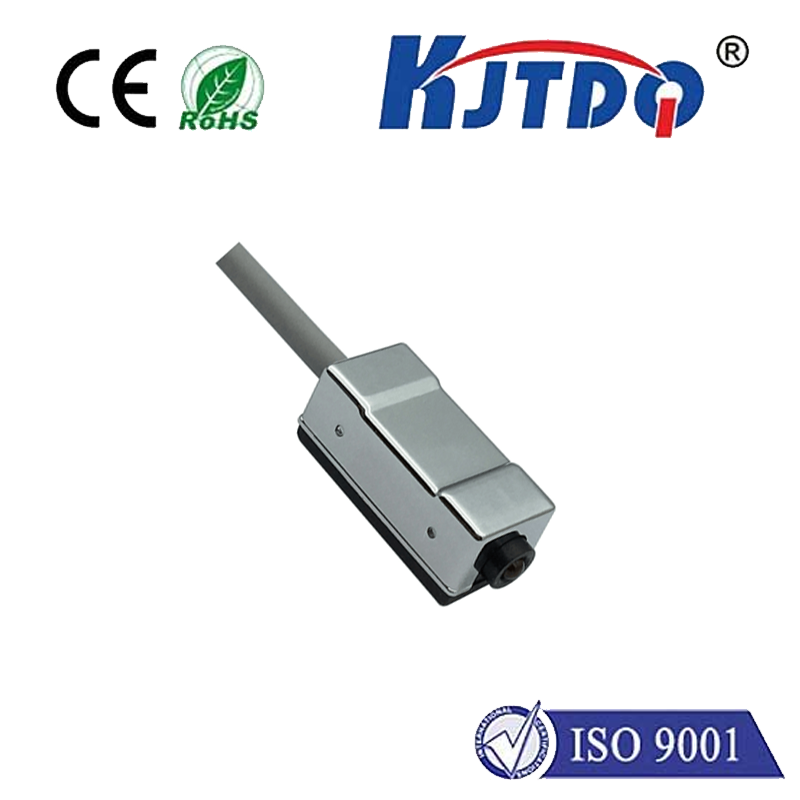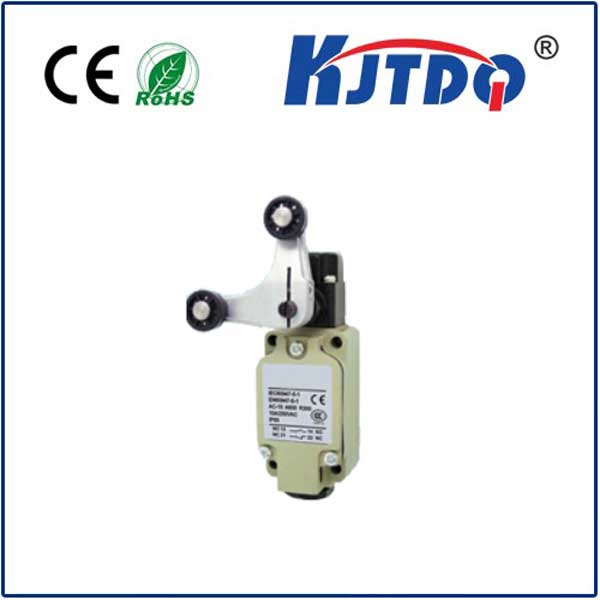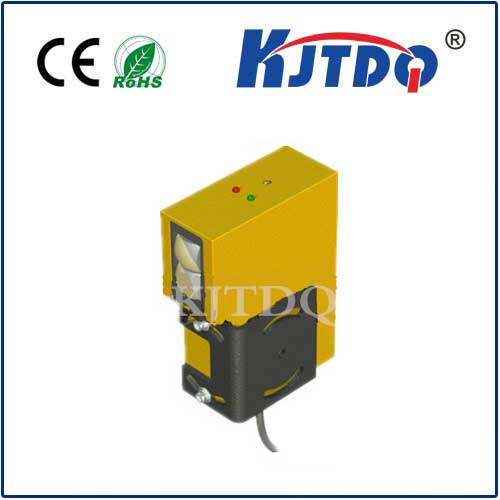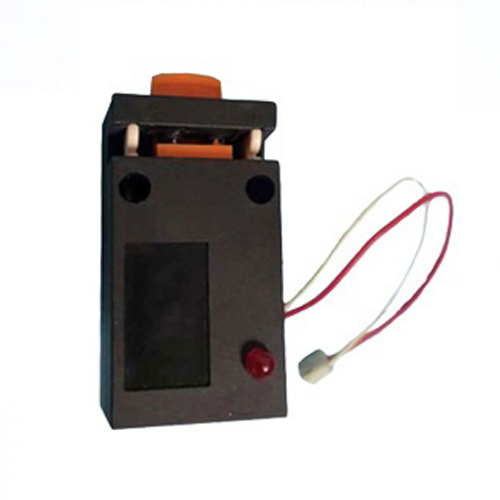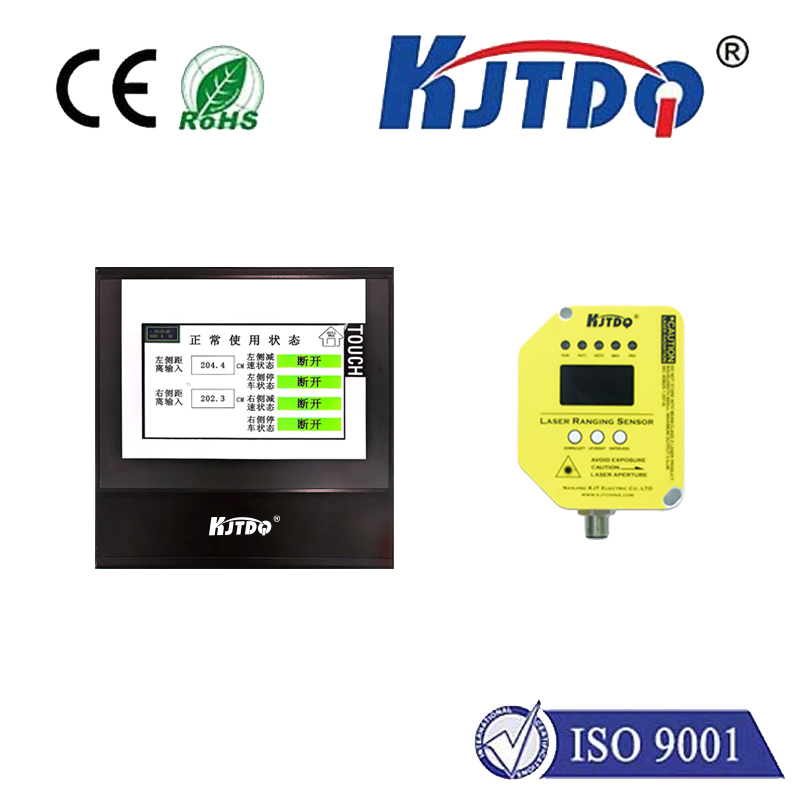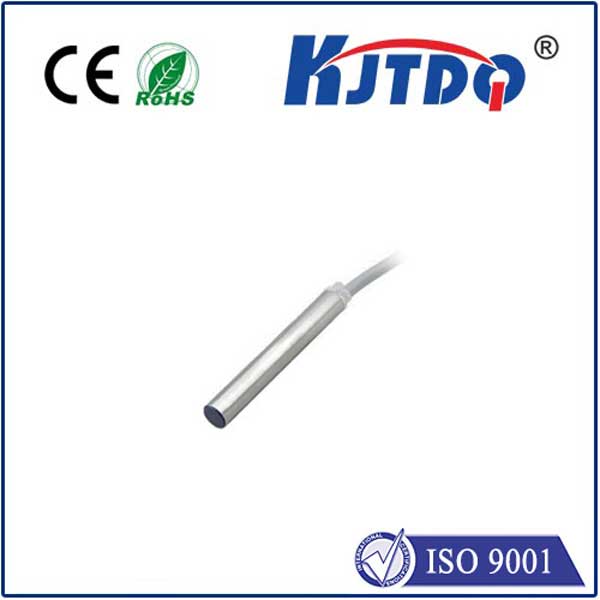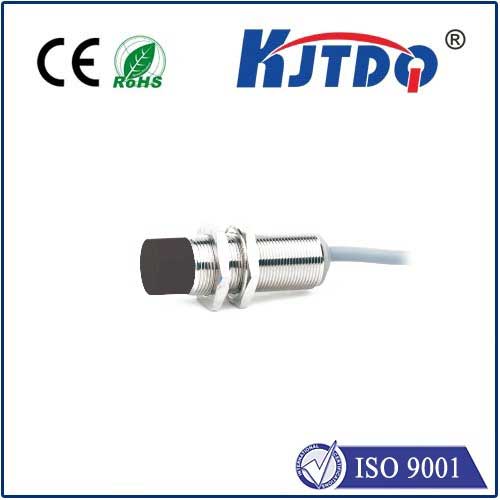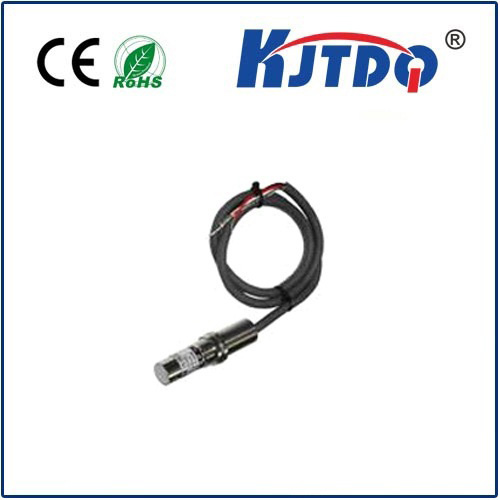

check

check

check

check

check

check

check

check

check

check
Remember bulky, complex instruments dominating lab benches or factory floors? A revolution is underway, driven by the remarkable miniaturization of a critical technology: the small laser sensor. These compact powerhouses are packing sophisticated optical measurement capabilities into increasingly tiny packages, fundamentally altering how we gather data, ensure precision, and automate processes across countless domains. Their impact is profound, proving that big results truly come in small packages.
The journey of laser sensors shrinking from benchtop behemoths to fingertip-sized marvels is a testament to relentless engineering innovation. Advancements in semiconductor lasers, efficient photodetectors, micro-optics like miniature lenses and gratings, and sophisticated integrated circuit designs have all played pivotal roles. Early laser sensors were powerful but often required significant space, cooling, and complex alignment. Modern iterations achieve remarkable performance while fitting into devices where space is at a premium – inside smartphones, on compact robots, within medical catheters, or integrated onto circuit boards. This miniaturization trend isn’t slowing down; it’s accelerating.
So, how do these tiny tools work? At their core, a small laser sensor projects a focused beam of coherent light (laser) onto a target. Depending on the specific type, it then analyzes the interaction of that light with the target to extract information:

The applications for these diminutive detectors are incredibly diverse. Their small size and high precision open doors previously closed:
The advantages of small laser sensors over traditional mechanical or larger optical sensors are compelling:
Integrating these sensors presents unique challenges. Their tiny size necessitates careful attention to thermal management to prevent drift or damage. Miniaturization can sometimes involve trade-offs with maximum range, power consumption, or resistance to extremely harsh environments compared to larger variants. High ambient light levels or optically challenging surfaces (transparent, shiny, dark) can also impact performance, requiring specialized optics or signal processing algorithms. However, continuous research and development are rapidly overcoming these hurdles.
Looking ahead, the trajectory for small laser sensors points towards even greater integration, intelligence, and accessibility. We anticipate sensors combining multiple measurement principles (e.g., ToF + intensity) on a single chip. Enhanced onboard processing will enable smarter sensors that can interpret data locally, reducing latency and bandwidth needs. Costs will continue to fall, driven by mass production and innovations like silicon photonics, making these powerful tools available for even more applications down to the hobbyist level. Sustainability will also play a role, with developments focusing on lower power consumption and greener manufacturing processes.
From the smartphones in our pockets to the robots building our future and the probes exploring inside the human body, small laser sensors are proving indispensable. Their unique blend of microscopic size, macroscopic capabilities, and increasing affordability makes them not just tools, but essential enablers of innovation and efficiency. As technology pushes the boundaries of what’s possible in smaller scales, these sensors will undoubtedly remain at the forefront, quietly but powerfully shaping the precision-driven world we live in and the one being built tomorrow.
